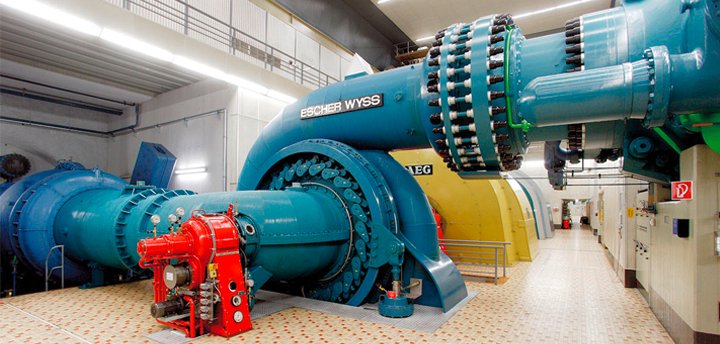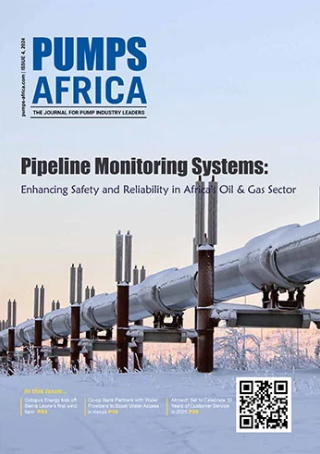Power plants usually employ the use of different kinds of pumps for a wide range of operations. For instance, boiler feed pumps are crucial for the operation of power plants.
These are typically used in different stages for the delivery of feedwater to boilers. The feedwater is then turned into steam, which is what turns the turbines generating power at the power plants.
To assist in the pumping of feedwater, booster pumps are also present upstream of the feed pumps. The booster pumps which are specifically used in boiler feed applications increase the suction pressure of feedwater. This process serves to fulfill the Net Positive Suction Head (NPSH) requirement of the main boiler feed pump.
Condensate pumps collect saturated water from the condenser hot well and pump it either to a de-aerating heater or back into the boiler feed pump. These pumps operate at extremely low suction pressures.
As such, they are often located at the lowest level of any pump in the power plant. They are also installed in a suction can that is below ground level. Furthermore, the velocity of the flow entering the condensate pipe is kept to a minimum. This helps to limit frictional losses in the piping.
Condenser circulating pumps deliver cool water from freshwater sources near the power plant. They then pump it through the condenser to condense exhaust steam from the turbine. These pumps can be either located in dry pits or wet pits. If they are in wet pits they will have a vertical design.
Boiler circulating pumps pump water through a boiler. This helps to increase the effectiveness of the boiler. The water is at the same temperature and pressure as the boiler and the pump operates at a low total head requirement.
As such, it only needs to overcome the friction in the tubes of the boiler. Heater drain pumps are necessary in power plants to pump the condensate produced from closed heaters back into the feedwater system. Similar to condensate pumps they have very little NPSHa.







